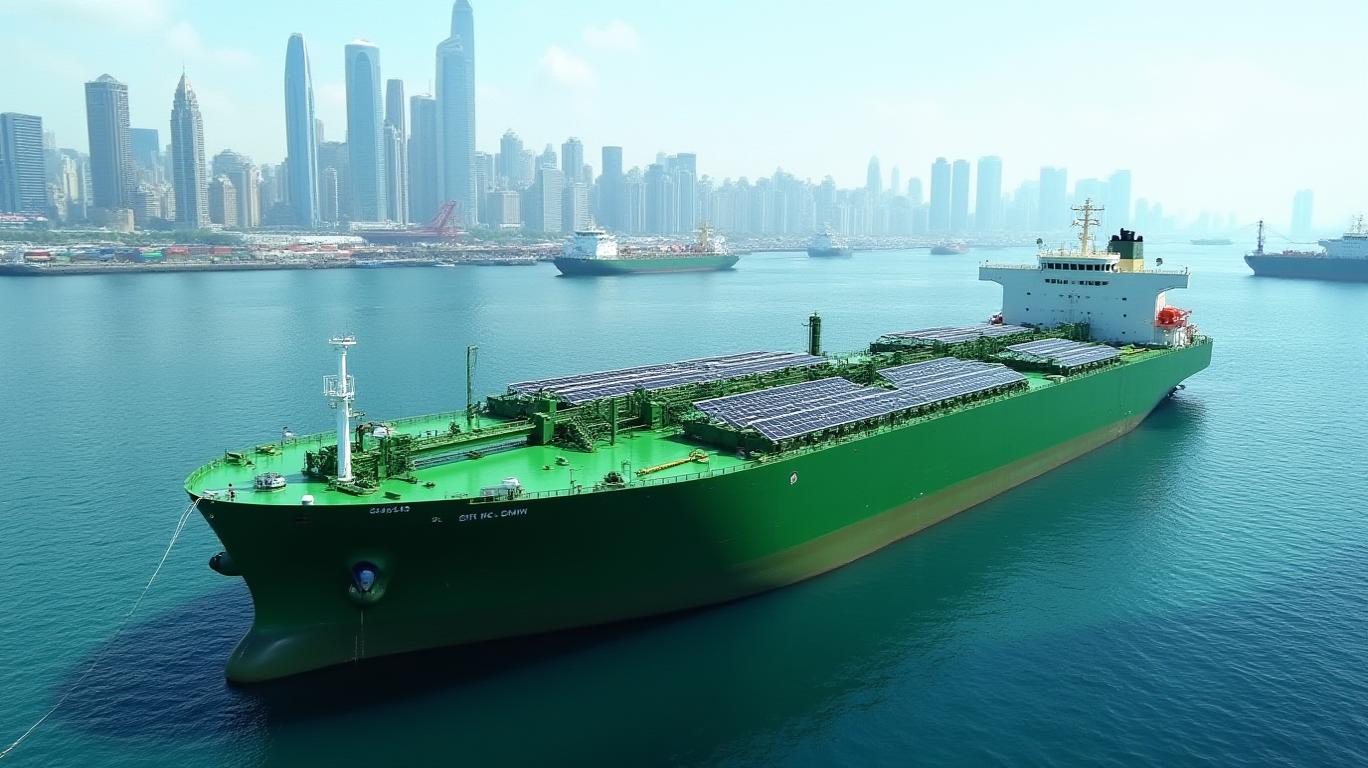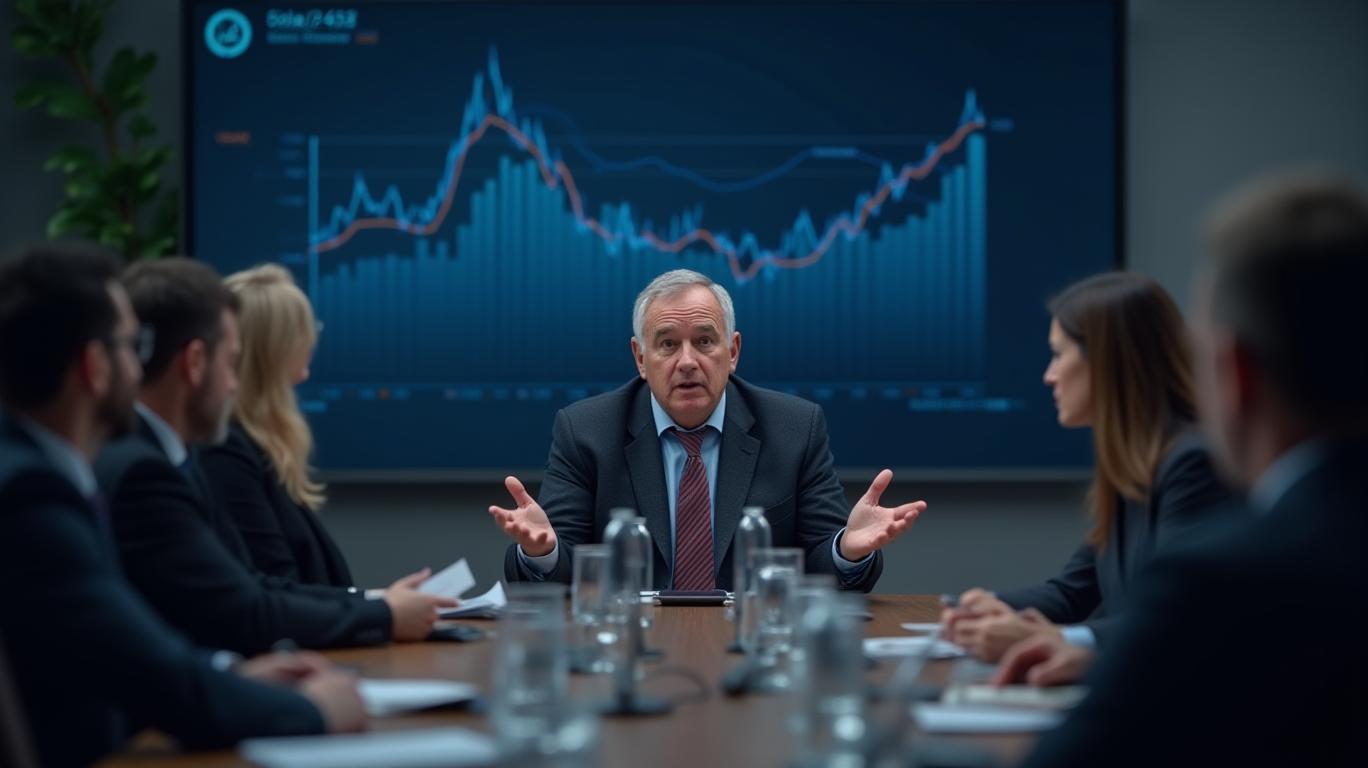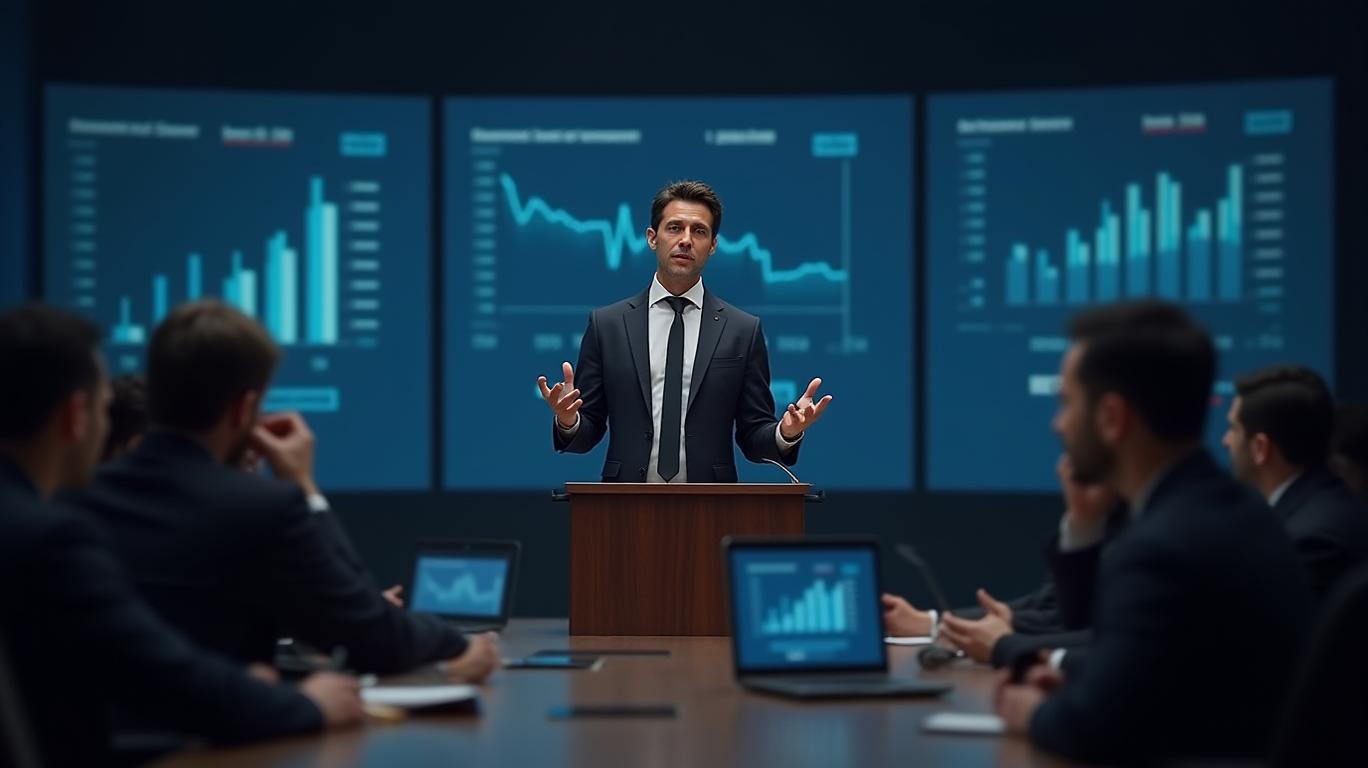Navigating the Shipping Industry’s Crossroads: Insights from Capital Link’s Q1 2025 Report
The global shipping industry finds itself at a pivotal juncture in 2025, grappling with regulatory overhauls, geopolitical turbulence, and the urgent push for decarbonization. Capital Link’s Q1 2025 Shipping Report, compiled through insights from leading executives at firms like Star Bulk Carriers (NASDAQ: SBLK), Okeanis Eco Tankers (NYSE: ECO), and Dorian LPG (NYSE: LPG), paints a complex yet actionable picture. This article dissects the report’s findings and their implications for investors, while weaving in macroeconomic context from J.P. Morgan’s 2025 analysis to highlight opportunities and risks.
Regulatory Shifts and the Decarbonization Imperative
The shipping industry’s single largest challenge—and opportunity—is compliance with the International Maritime Organization’s (IMO) decarbonization targets, which aim to cut greenhouse gas emissions by 50% by 2050. Executives from companies like Okeanis Eco Tankers and Euroseas (NASDAQ: ESEA) emphasize that investing in eco-friendly vessels and low-carbon fuels (e.g., LNG, biofuels) is non-negotiable.

The report notes that regulatory uncertainty—particularly around enforcement of emissions standards—remains a concern. However, early adopters like Okeanis, which has a fleet of eco-certified tankers, are positioned to capitalize on premium charter rates and access to green financing.
Fleet Management and Capital Allocation Strategies
Fleet operators are balancing modernization with shareholder returns. Star Bulk Carriers and d’Amico International Shipping have prioritized asset sales and mergers to reduce debt and focus on high-performing vessels. Meanwhile, companies like Dorian LPG and International Seaways (NYSE: INSW) are expanding into niche markets, such as LNG carriers, to diversify revenue streams.
The report underscores a growing preference for capital-light models, such as time-charter contracts, to mitigate risks in volatile markets.
Trade Dynamics: Geopolitics and Global Growth
Global trade patterns are reshaping shipping demand. J.P. Morgan’s analysis highlights that while the U.S. economy is resilient—driving strong equity markets—the slowdown in China poses risks for bulk and container shipping. Companies like TEN Ltd. (NYSE: TEN) and Global Maritime Hubs are pivoting toward Asia-Pacific trade corridors to meet surging energy and commodity demand.
However, U.S. trade policies, including potential tariffs on European and Chinese goods, could disrupt transatlantic and transpacific routes. For instance, a 10% tariff on European exports could weaken the euro and strain shipping volumes for Eurozone firms like EuroDry.
Macroeconomic Headwinds and Tailwinds
The J.P. Morgan outlook reveals critical macro factors:
- Interest Rates: The U.S. Federal Reserve is projected to ease rates to 3.5%-3.75% by Q3 2025, while the ECB may cut rates to 1.3% due to weaker growth. A stronger U.S. dollar could pressure European and Asian shipping firms reliant on dollar-denominated revenues.
- Inflation: Emerging markets face moderating inflation, but currency depreciations may temporarily hike operational costs.
Investment Themes to Watch
- Decarbonization Leaders: Companies like Okeanis (ECO) and International Seaways (INSW) with green fleets and fuel-efficient technologies.
- Geopolitical Agility: Firms like TEN (TEN) and Dorian LPG (LPG) navigating trade shifts and energy transitions.
- Dividend-Driven Value: Star Bulk (SBLK) and Euroseas (ESEA) with disciplined capital allocation and shareholder returns.
Conclusion: A Divided Landscape, but Clear Winners
The shipping sector’s performance in 2025 hinges on its ability to navigate a fractured macroeconomic environment. Companies that blend regulatory compliance with strategic fleet optimization—such as Okeanis (ECO) and International Seaways (INSW)—are well-positioned to thrive. Meanwhile, the U.S. dollar’s strength and divergent global growth trajectories could amplify sector disparities.
Consider this: While J.P. Morgan forecasts U.S. equity markets to outperform, European firms face headwinds from sovereign risks and slower growth. Investors should prioritize firms with strong balance sheets, exposure to high-growth markets (e.g., Asia-Pacific LNG demand), and adaptive capital strategies.
The data speaks volumes: As of Q1 2025, Okeanis’ eco-tankers command a 15% premium on spot rates over conventional vessels, while Star Bulk’s dividend yield of 6.2% outpaces industry averages. In a world of regulatory and geopolitical uncertainty, these metrics underscore a path to resilient returns.
In short, the shipping industry’s future is not monolithic. Investors must sift through the noise of trade wars and rate cuts to back the firms that are both agile and aligned with the industry’s green, globalized future.


_442a2dcc1749832873286.jpeg)
_e68fac6d1749831664430.jpeg)





